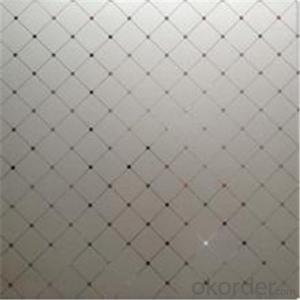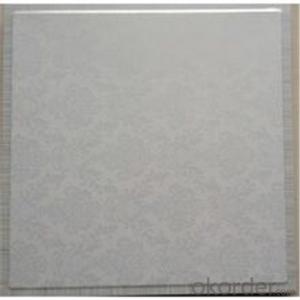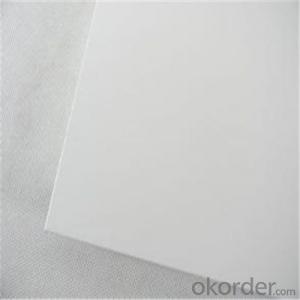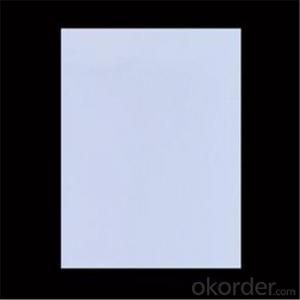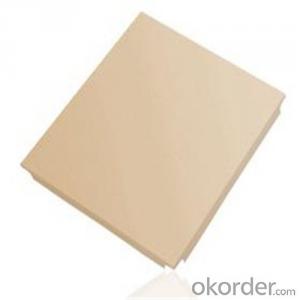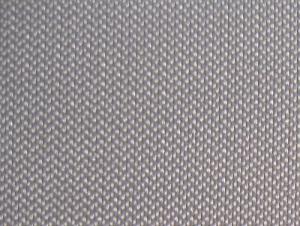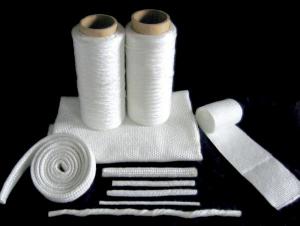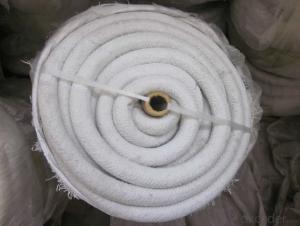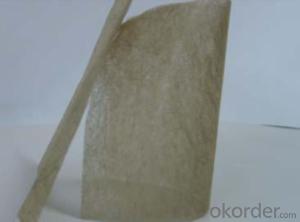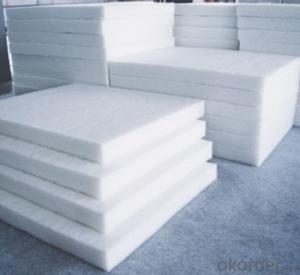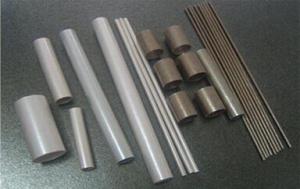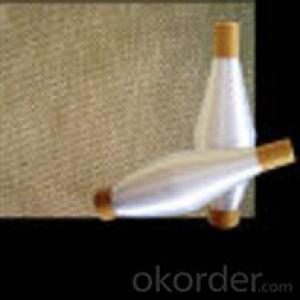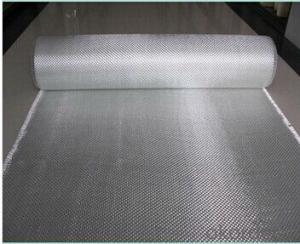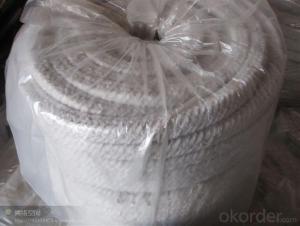Microporous Insulation Board, Heat Insulation materials for Ladle
- Loading Port:
- Tianjin
- Payment Terms:
- TT or LC
- Min Order Qty:
- 100 m²
- Supply Capability:
- 10000 m²/month
OKorder Service Pledge
OKorder Financial Service
You Might Also Like
Quick Details for Micropore Insulation Board ,Heat Insulation materials
| Type: | Other Heat Insulation Materials | Place of Origin: | China (Mainland) | Brand Name: | |
| Model Number: | M5100 | service temperature, max.: | 1150 C | Thermal conductivity, @800 C: | 0.035 W/m.K |
| typical density: | 280 kgs/m3 |
Packaging & Delivery
| Packaging Details: | wooden cases |
| Delivery Detail: | 10 days |
Product Description
M5100 Panel is rigid finishing from microporous technology , with opcified blend of filament reinforced fumed silica, which provides a superb thermal performance.
It is an ideal back-up insulation for various industry where the high temperature is needed, with a long time exposure of 1150 °C at highest.
M5100 Panel ---Various coverings : Naked Panels, Aluminium Foil covering, E-class Fibre Cloth Covering, Fibre Paper covering.
M5100 Panel—Four Grades available : 850 , 1000, 1100, 1200
Properties & Advantages
Extremely low thermal conductivity
High thermal stability
High compressive strength
No harmful respirable fibres
Free of organic binders
Environmentally friendly
Resistant to most chemicals
Non combustible
Easy to handle
Typical Applications
Back-up insulation in industrial furnaces
Fuel cells (SOFC)
Thermal Batteries
Aluminium industry ( launders,Smelter.etc. )
Glass & ceramics industry
Petrochemical industry (cracking furnace, reformer)
Black box & VDR (Voyage Data Recorder)
Data loggers
Working & Processing
M5100 can be shaped both manually and with stationary wood processing machinery. They can be cut, sawn, drilled and punched. The boards can be fixed in place with glue or by mechanical means such as anchors, pins and clips.
Technical Data for for Micropore Insulation Board ,Heat Insulation materials
| Description | MISSION STD Panel M5100 | ||||
| Classification Temperature | 0C | 850 | 1000 | 1100/1100S | 1200/1200S |
| Long time Exposure | 850 | 950 | 1050/1000 | 1150/1100 | |
| Nominal Density | [kg/m3] | 260-280 | 260-280 | 400-450 | 450-550 |
| Typical Density | 280 | 280 | 450 | 500 | |
| Compression Strength | [MPa] | 0.32 | 0.32 | 0.72 | 0.8 |
| @10% deformation (ASTM C-165) | |||||
| Thermal Conductivity | |||||
| 200 0C | W/m.K | 0.022 | 0.022 | 0.024 0.028 | 0.027 0.029 |
| 400 0C | W/m.K | 0.025 | 0.025 | 0.028 0.032 | 0.032 0.035 |
| 600 0C | W/m.K | 0.028 | 0.028 | 0.032 0.038 | 0.037 0.042 |
| 800 0C | W/m.K | 0.033 | 0.033 | 0.035 0.045 | 0.043 0.046 |
| Specific Heat Capacity | |||||
| 200 0C | [KJ/Kg K] | 0.85 | 0.86 | 0.86 | 0.89 |
| 400 0C | [KJ/Kg K] | 0.95 | 0.96 | 0.97 | 0.99 |
| 600 0C | [KJ/Kg K] | 1.02 | 1.03 | 1.04 | 1.05 |
| 800 0C | [KJ/Kg K] | 1.07 | 1.08 | 1.08 | 1.08 |
| Linear Shrinkage | |||||
| 12h full soak @ 850 0C | % | ≤2 | ≤0.5 | ≤0.1 ≤0.1 | ≤0.1 ≤0.1 |
| 24h full soak @ 950 0C | - - - | ≤2.5 | ≤0.5 ≤0.1 | ≤0.5 ≤0.5 | |
| 24h full soak @ 1050 0C | - - - | - - - | ≤2.5 - - - | ≤2.5 ≤2.5 | |
| 24h full soak @ 1150 0C | - - - | - - - | - - - - - - | ≤3.5 - - - | |

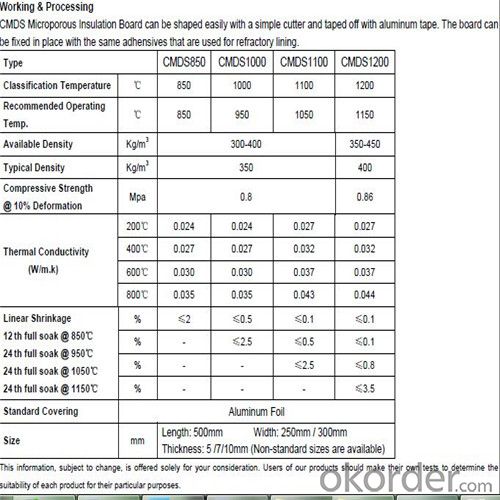
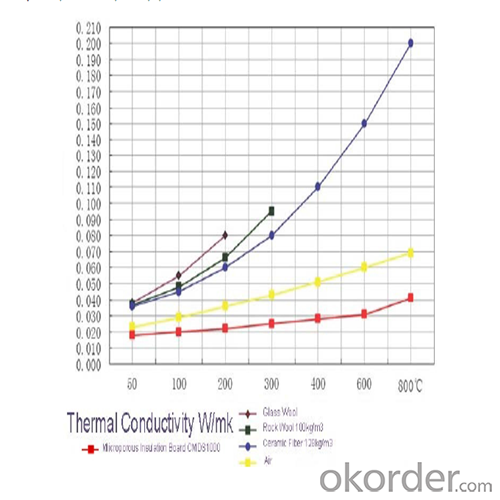
Standard Dimension:
1000(900)×600(500)×5-20mm
We can also manufacture the special dimensions as customers need.
Q1:Are you a manufacture or trader?
A:Factory+trade(mainly factories,at the same time,we operates other related products).
Q2:Can we visit your factory?
A:Sure,welcome at any time,seeing is believing.
Q3:What's the MOQ of trial order?
A:No limit,We can offer the best suggestions and solutions according to your condition.
Q4:Which payment terms can you accept?
A:T/T,L/C,Western Union,Moneygram,Paypal are available for us.
Q5:After an order is confirmed,when to deliver?
A:15-25days after deposit.
Q6:Is your company accept customization?
A:We have own factory and excellent technical team,and we accept OEM service.
Q7:How about your company's certification?
A:ISO9001 and Test Report,also we could apply other necessary certification.
Q8:How to slove the quality problems?
A:If the products are not confirmed to customer samples or have quality problems,our compay will be responsible to make compensation for it.
Q9:Can you offers samples?
A:Of coures,samples are free but freight paid by the buyers.
Q10:What is the service life of your bricks?
A:The service life of different bricks is unlike.It also depends on your using condition and method.
Thanks for your coming in,if there is any question,I will be glad to help you.
- Q:Can glass fiber textiles be used for sound insulation?
- Glass fiber textiles have the capability to be employed for sound insulation, as a result of their distinct properties. With its high density and superior ability to absorb and dampen sound waves, glass fiber proves to be an exceptional material for reducing sound transmission. Its versatility allows for its application in numerous areas, including acoustic panels, curtains, and wall coverings, all of which contribute to enhancing sound insulation in buildings, studios, and other noise-sensitive spaces. Moreover, glass fiber textiles possess non-combustible and moisture-resistant qualities, rendering them suitable for utilization in diverse environments.
- Q:Can glass fiber textile be used in artificial turf?
- Artificial turf can indeed utilize glass fiber textile. Renowned for its robustness and ability to withstand harsh weather conditions, moisture, and UV rays, glass fiber is an ideal material. Consequently, it is well-suited for application in artificial turf, which frequently encounters outdoor elements. By reinforcing the turf, the glass fiber textile enhances its stability and lifespan. Moreover, this lightweight material is effortless to install and maintain. Its impermeable nature also prevents the accumulation of dirt, dust, and bacteria, ensuring a pristine and sanitary playing surface. Overall, incorporating glass fiber textile into artificial turf can enhance its performance, durability, and visual appeal.
- Q:Can glass fiber textiles be knitted?
- Yes, glass fiber textiles can be knitted.
- Q:How do glass fiber textiles contribute to abrasion resistance?
- Glass fiber textiles contribute to abrasion resistance by adding strength and durability to the material. The inherent properties of glass fibers, such as high tensile strength and resistance to wear and tear, make them an excellent choice for reinforcing fabrics. This reinforcement helps to prevent the material from wearing out or getting damaged due to friction, thereby enhancing its overall abrasion resistance.
- Q:Can glass fiber textiles be used in wall coverings?
- Wall coverings can indeed utilize glass fiber textiles. Commonly referred to as fiberglass textiles, these materials find application in a variety of uses, including wall coverings. Their advantages encompass fire resistance, durability, and thermal insulation properties. The versatility of glass fiber textiles allows for weaving them into diverse patterns and designs, rendering them ideal for wall coverings. Furthermore, their resistance to moisture and mold growth makes them ideal for areas with elevated humidity levels. In addition, these textiles offer acoustic insulation, effectively reducing noise transmission through walls. All in all, glass fiber textiles present a viable option for wall coverings due to their practical and aesthetic attributes.
- Q:Can glass fiber textiles be dyed or printed on?
- Yes, glass fiber textiles can be dyed or printed on.
- Q:What are the different construction methods used for glass fiber textiles?
- There are several different construction methods used for glass fiber textiles, each with its own unique characteristics and applications. The following are some of the commonly used methods: 1. Woven Construction: This is one of the most popular methods for producing glass fiber textiles. It involves interlacing glass fibers in a crisscross pattern to create a strong and durable fabric. Woven glass fiber textiles are known for their high tensile strength and excellent dimensional stability. They are commonly used in applications such as reinforcement in composites, insulation materials, and protective clothing. 2. Knitted Construction: Knitted glass fiber textiles are created by interlocking loops of glass fibers. This method allows for increased flexibility and stretchability compared to woven textiles. Knitted glass fiber fabrics are often used in applications where flexibility, breathability, and comfort are desired, such as in sports apparel, medical textiles, and automotive interiors. 3. Non-woven Construction: Non-woven glass fiber textiles are made by bonding or felting glass fibers together using heat, chemicals, or mechanical processes. This construction method results in a fabric that is lightweight, versatile, and easy to handle. Non-woven glass fiber textiles find applications in areas such as filtration, insulation, geotextiles, and automotive components. 4. Braided Construction: Braiding involves intertwining multiple glass fiber strands to create a strong and flexible fabric. Braided glass fiber textiles offer excellent resistance to abrasion and are commonly used in applications such as reinforcement in hoses, cables, and pipes, as well as in aerospace and marine industries. 5. Stitch-bonded Construction: Stitch-bonded glass fiber textiles are created by mechanically stitching glass fibers together. This method allows for the production of fabrics with specific patterns, structures, and properties. Stitch-bonded glass fiber textiles find applications in areas such as upholstery, carpet backing, and technical textiles. These different construction methods allow glass fiber textiles to be tailored for specific applications, offering a wide range of properties including strength, flexibility, breathability, and thermal insulation.
- Q:Can glass fiber textiles be used for filtration?
- Glass fiber textiles are indeed suitable for filtration purposes. Their high surface area and fine pore structure endow them with excellent filtration properties. In fact, they are widely employed in different filtration applications, including air filters, water filters, and industrial filtration systems. Thanks to their ability to effectively capture and eliminate particulate matter, dust, and other contaminants from fluids or gases, glass fiber textiles are an optimal choice for filtration. Moreover, their resistance to high temperatures, chemicals, and microorganisms enhances their suitability for filtration applications even further.
- Q:Can glass fiber textiles be used in carpeting?
- Yes, glass fiber textiles can be used in carpeting. Glass fiber textiles, also known as fiberglass, have excellent thermal and chemical resistance properties, making them a suitable material for a wide range of applications including carpeting. Glass fiber textiles can provide added strength and durability to carpets, improving their overall performance and longevity. Additionally, glass fiber textiles can also enhance the carpet's resistance to stains, moisture, and wear and tear. Furthermore, these textiles can contribute to better insulation and soundproofing in carpeted areas. Overall, glass fiber textiles offer several benefits that make them a viable option for use in carpeting.
- Q:How do glass fiber textiles compare to ceramic fiber textiles?
- Glass fiber textiles and ceramic fiber textiles are both widely used materials in various applications. However, it is important to consider the key differences between the two when selecting the appropriate material for a specific project. When it comes to strength and durability, glass fiber textiles are generally stronger and more durable than ceramic fiber textiles. Glass fibers have a higher tensile strength, meaning they can withstand more stress before breaking. This makes them ideal for applications that require high strength and durability, such as reinforcement in composite materials. On the other hand, ceramic fibers are more brittle and can easily break under stress. In terms of thermal properties, ceramic fiber textiles have superior properties compared to glass fiber textiles. They have a higher melting point and can withstand much higher temperatures without deforming or degrading. This makes ceramic fibers suitable for applications where high-temperature resistance is crucial, such as insulation in furnaces or kilns. Although glass fibers can handle relatively high temperatures, they may not be suitable for extremely high-temperature environments. Glass fiber textiles have excellent chemical resistance, making them suitable for applications where exposure to harsh chemicals or corrosive environments is expected. They are resistant to most acids, alkalis, and solvents. On the other hand, ceramic fibers are generally not as chemically resistant as glass fibers and may degrade when exposed to certain chemicals. Both glass fiber textiles and ceramic fiber textiles offer good insulation properties. However, ceramic fibers have lower thermal conductivity, meaning they provide better insulation. This makes them suitable for applications that require excellent thermal insulation, such as in the construction of fire-resistant barriers or in high-temperature insulation systems. In terms of cost, glass fiber textiles are generally more affordable compared to ceramic fiber textiles. This cost advantage makes them a popular choice for a wide range of applications. Ceramic fibers, on the other hand, tend to be more expensive due to their superior thermal properties and higher manufacturing costs. In conclusion, glass fiber textiles and ceramic fiber textiles have their own unique properties and advantages. Glass fibers are stronger, chemically resistant, and more cost-effective, while ceramic fibers offer superior thermal properties and insulation. The choice between the two depends on the specific requirements of the application, such as strength, temperature resistance, chemical exposure, and budget constraints.
1. Manufacturer Overview |
|
|---|---|
| Location | |
| Year Established | |
| Annual Output Value | |
| Main Markets | |
| Company Certifications | |
2. Manufacturer Certificates |
|
|---|---|
| a) Certification Name | |
| Range | |
| Reference | |
| Validity Period | |
3. Manufacturer Capability |
|
|---|---|
| a)Trade Capacity | |
| Nearest Port | |
| Export Percentage | |
| No.of Employees in Trade Department | |
| Language Spoken: | |
| b)Factory Information | |
| Factory Size: | |
| No. of Production Lines | |
| Contract Manufacturing | |
| Product Price Range | |
Send your message to us
Microporous Insulation Board, Heat Insulation materials for Ladle
- Loading Port:
- Tianjin
- Payment Terms:
- TT or LC
- Min Order Qty:
- 100 m²
- Supply Capability:
- 10000 m²/month
OKorder Service Pledge
OKorder Financial Service
Similar products
New products
Hot products
Related keywords
